1. Let’s start at the beginning: What is cheese?
If you give humans 10,000 years they will turn anything into an art form. We did get good at stabilizing our hunting and gathering instincts, and turning them into regular and predictable production. One of the ways we’ve done this is by our domestication of herd animals such as cows, buffalo, goats, sheep, camels, donkies, horses, reindeer, and yak. Barring wars, droughts, famines, and/or plagues (now pay attention here…): We got milk! We love milk … milk from pretty much anything.
Milk is primarily water, fat, and protein, which functions to make little animals into big(ger) animals. And milk is also a substance that will make little creatures that we cannot easily see, multiply into lots of little creatures that we still cannot easily see, but that can kill us as sure as being stomped by a lactating yak. And these little beasties (I’m not talking about that yak anymore) can grow to kill us in about a day-and-a-half, particularly after being exposed to air that is above 40 degrees Fahrenheit.
We made cheese for approx. 9841 years without having the advantage of microscopes and refrigeration. Interestingly, not all microorganisms want to kill us. In fact, some of them want to eat our sugars and help us in persevering to preserve our foods via fermentation. And yes (finally), this brings us back to milk, because controlled fermentation is what cheese is all about. Cheese is made from milk through controlled fermentation. It becomes a concentrated food as the fat and protein become curd when the whey (water) is separated from the whole milk in the fermenting process. It is nutritious, because fat and protein is what nutrition is all about. Oh, OK, and maybe some vitamins and minerals, but fat and protein are the fun ones.
2. Why would anybody care about cheese?
For you, maybe you just like cheese. (You're reading this, aren't you?) For me; I love food. But there is so much of it to taste and understand. Cheese is a wonderful micro-version of our food history, our science, production values, and distribution hurtles. It has taught me why different qualities exist, and has given me clear examples of how and why our foods have evolved to “modern tastes.”
2a. Why “Artisanal” Cheese? I called this “2a” because it still has a “why?” in it.
Artisanal refers to artisans. People who do things in a planned, or perhaps traditional and artful way. It is your taste and your body, and a little bit of the good stuff goes a long way, perhaps even satiating more than just a craving. Many foods we call “artisanal” (many, but not all, mind you) have grown out of the Slow Food Movement. To wit:
Good, Clean and Fair: the Slow Food Manifesto for Quality:
“If, as the farmer poet Wendell Berry says, ‘…eating is an agricultural act,’ it follows that producing food must be considered a gastronomic act. The consumer orients the market and production with his or her choices. By growing aware of these processes, he or she assumes a new role, i.e., consumption becomes part of the productive act and the consumer becomes a co-producer. Of course, the producer plays a key role in this process, working to achieve quality by making his or her experience available while welcoming the knowledge and know-how of others. The effort must be a common one and must be made in the same shared and interdisciplinary spirit as the science of gastronomy itself….” In short, our tastes guide the creation of “artisanal” items, no different than with art or music. So there. Now back to the nitty gritty:
3. How long will cheese keep?
Forever? Well, maybe not, though cheese is often called, “milk's leap to immortality.” A bit of hyperbole? Not the first time that's shown up on this website! But as a practical matter, cheese must be kept in the refrigerator. Please note! Unless the zombie apocalypse has happened, Do Not Freeze the cheese! It alters the balance of fat and protein and changes the texture. In short, it will ruin your beautiful, occasionally expensive and tasty treat. To remain stable, cheese needs to stay at, or just below, 40 degrees F. Soft cheeses can be little colder, harder cheeses can be a little warmer, but never more than 50 degrees.
On wrapping cheese: I treat cut cheese like I would a slice of cake, and I protect the permeable cake from absorbing flavors in its shared space. For the small piece of cut cheese that I have bought for the week (5-7 days), I use plastic wrap. Wax paper, plastic ware or butcher paper all allow moisture to escape, and cut cheeses will dry out. So, the imperfect answer is plastic wrap, even though it doesn’t allow condensation to escape. Given that, plastic wrap and a stable temperature will allow you enjoy your fine cut cheese for a whole week. And as I will never convince you to buy cheese every day, it is, as I said, the best imperfect answer. Do not leave your cheese in vacuum-sealed plastic, that is, the heavy-duty industrially sealing suffocating form of plastic wrap. All cheeses leak moisture, butterfat and cheese coatings, especially when above 50 degrees. When they are imprisoned in sealed plastic, the cheeses marinate in their leakages. Yuck.
And just so you know: On the other side of the cheese counter, different rules do apply. In other words, when cheese is in a whole wheel or a big piece, its moisture is protected by the rind, a brine or a cloth. At Touch of Italy, we display the big cheese, and when it’s cut, we wrap it in plastic wrap that is removed, re-wrapped and renewed frequently.
I hope I answered some of your questions. In my classes at Touch of Italy, people ask me for recommended reading on the subject of cheeses. So, I am happy to comply:
4. Recommended Reading on the subject of Cheeses: Contrary to local belief (and what The Rehoboth Foodie says about me on the radio), I do not know everything about cheese. I just have opinions. I have been paraphrasing the folks listed below for years. Some of them do, actually, know everything.
Cheese and Culture: A History of Cheese and its Place in Western Civilization
by Paul Kindstedt
Paul Kindstedt and his co-scientists at the University of Vermont are on a mission to bring reason and principle to small-production cheesemaking. Look around; it is working. These are amazing people, read anything they write on the subject.
Cheese Primer
by Steven Jenkins
The cheeses at Beautiful Foods were based on this classic, well-worked book written by this remarkable Cheesemonger. And he is still in the biz. It is a little bit out of date but the basic information and the lessons in appreciation continue to be invaluable to me.
Mastering Cheese: Lessons for Connoisseurship from a Maître Fromager
by Max McCalman and David Gibbons
Cheese: A Connoisseur's Guide to the World's Best
by Max McCalman and David Gibbons
(McCalman is the modern master.)
Home Cheese Making: Recipes for 75 Homemade Cheeses
by Ricki Carroll
Ricki Carroll is the New England Cheesemaking Supply Company. Buy her books, follow her instructions, and buy her supplies. She IS the real deal.


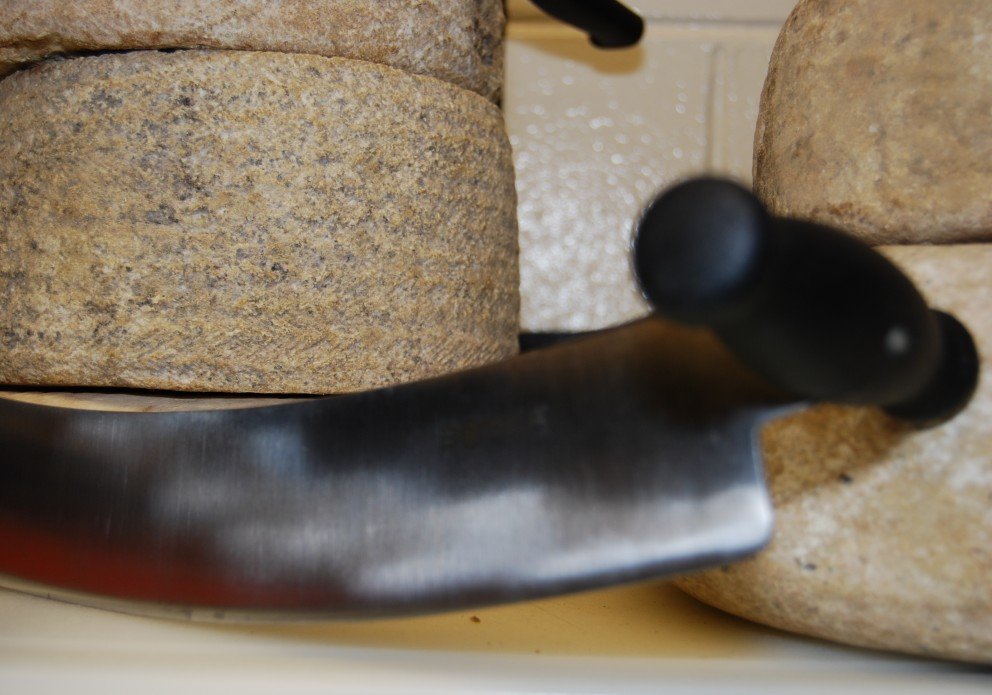
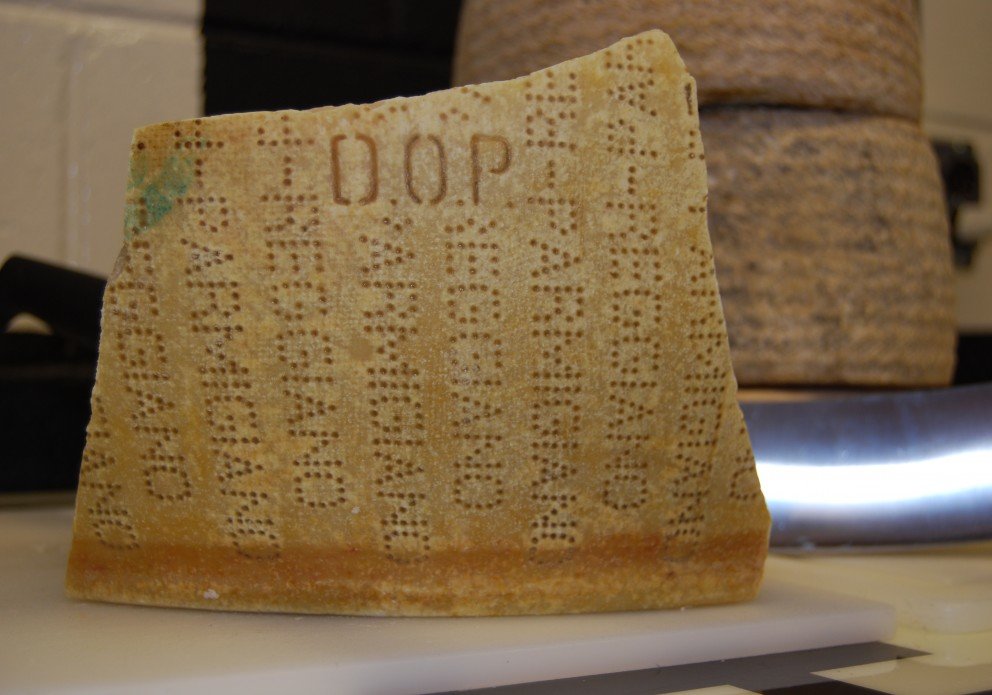
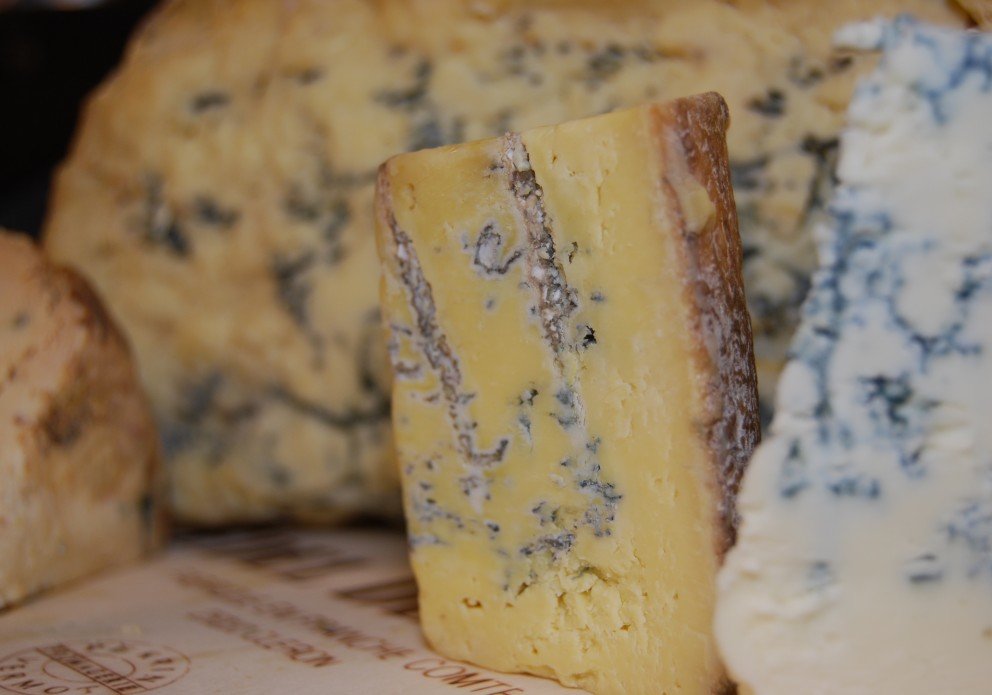
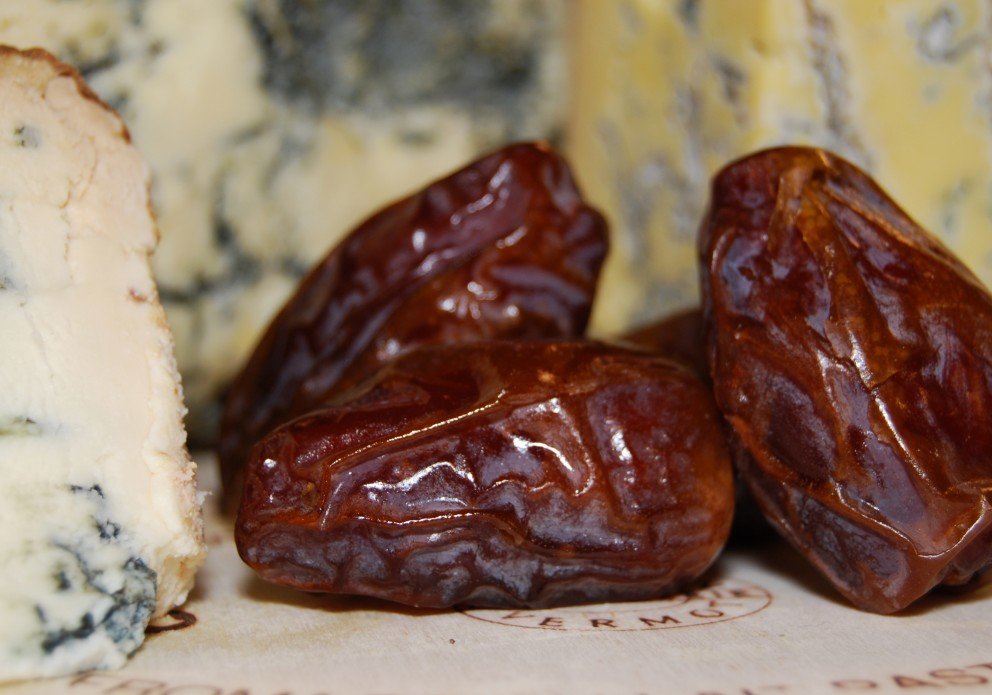
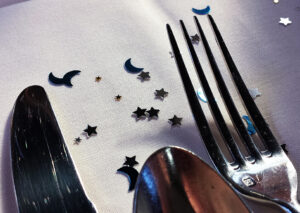
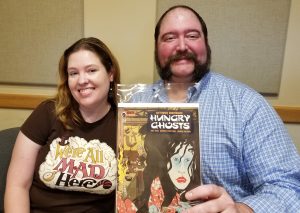







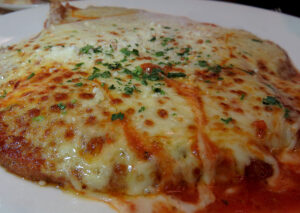




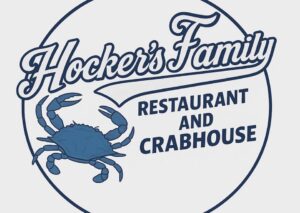
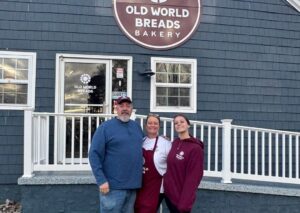












We love Bill and his vast knowledge of cheese. Our favorite cheese at Touch of Italy is the aged provolone – Sorresina Picante? (I’m killing the name, sorry). That, some hot Cappicola or Prosciutto, and a loaf of crusty bread, with a bottle of nice Sangiovese or Super Tuscan from Teller Wines up the street is dinner for us many nights.
Amen!